
Fortune News | Mar 28,2020
On a crisp weekday morning at Friendship Park, nestled along Taitu Street, Awel Hamza stood hunched over, hands resting on his knees after a spirited two-hour football match. A school-bus driver by profession, Awel has been lacing up his boots at this riverside venue twice a week for the past year, part of a 20-strong team that traded the city’s dusty lots for synthetic turf installed under a government-led “castle” park project.
“This field is nice and comfortable,” he said, still catching his breath. “But it’s not perfect.”
Comfort, it turns out, comes at a cost, one that displayed the quiet but seismic shift underway in the capital’s recreational landscape, where football fields have evolved from free public spaces into monetised zones of privilege and profit.
At Friendship Park, booking and payment run entirely through Telebirr, the state-owned mobile-money platform. Each player in Awel’s group pays 5,000 Br for a six-month membership that covers parking. Together, the team shells out 12,000 Br a month, or 72,000 Br over the contract period. That sum buys two sessions a week, but the arrangement exposes a nagging problem of upkeep that players encounter repeatedly.
“Most fields face the same issues,” Awel said last week, trying to catch his breath. “The grass gets old, the ground uneven, the nets tear. At Friendship Park, there are no showers, and cleanliness in the morning is poor. Some of us go straight to work after games. It’s tough without showers.”
Waiting outside the fence for his team’s turn, gym owner and car dealer Yosef Kassay nodded along. Friendship Park is his first field, where he has been coming for more than six months.
“I love the park," he said. "I’m not leaving.”
Yosef echoed complaints about maintenance and the lack of showers, even as he and his 18 teammates divide the same monthly fee. Running the Park’s four pitches is no casual affair.
However, demand is heaviest in the cool morning and late-afternoon windows when long-term members arrive. Weekends are tighter, and pricier. A two-hour block costs 1,800 Br on weekdays and 2,250 Br on weekends for a team of up to 18 people. Most squads lock in six-month packages, costing 46,800 Br if they play on weekdays or 58,500 Br if they insist on weekend slots.
“We rarely get complaints about the price,” said Derbew Awoke, the sports coordinator who has supervised the operation for three years. “What we hear is about shade, showers, benches, and things outside the turf itself.”
Rules are strict. No food or drinks are allowed on the grass, and jerseys are required. In exchange, players skip the Park’s 100 Br entrance fee and pay a capped 50 Br for parking.
The model has migrated far beyond public parks. Schools and colleges, squeezed for funding, now view their grounds as revenue sources. Nifas Silk Polytechnic College in the city’s southwest leased its field to a private partner under a five-year deal.
“After the contract, the field returns to us with improvements,” said Shelema Nigusu, dean of the School.
The arrangement provides staff with exercise space, the contractor with a steady business, and the College with 25,000 Br per month in rental income. Flush with the cash and lessons learned, the College recently spent more than two million Birr to build a second pitch of its own.
“It wasn’t easy or cheap,” Shelema told Fortune, “but the outcome is worth it.”
Players, including Nathan Amanuel, a 24-year-old software engineering student at Addis Ababa University, flocked to the new surface. He has been renting the Nifas Silk pitch for six months, paying 16,000 Br per month for four sessions, each lasting two hours. With more than 22 regulars, the cost works out to about 200 Br per person per match, still a bargain compared to the city’s nightlife. However, Nathan’s chief gripe is availability.
“The prime slots, six to eight in the morning, eight to ten in the night, or six to eight in the evening, are rarely open,” he said.
Nathan’s interest runs deeper than recreation. He and his family explored building their own field after spotting returns in the business. But, according to his estimates, putting down a quality field costs over 1.6 million Br.
"It’s a big investment, but the returns are attractive," he told Fortune. "The problem is access, as a few investors own most fields, some holding two or three. It’s tough for newcomers. We tried, but the bureaucracy of the owners makes it hard.”
Veterans of Addis Abeba’s weekend leagues recognise the shift. Yohannes Melese, a computer science graduate working in his family’s construction firm, has been renting pitches for over five years. He used to play on dirt lots that turned muddy when it rained.
“The artificial-grass fields are better and drain well, but after a while the turf gets slippery, the ground uneven, and the nets fall apart,” he said.
City officials say they see both the opportunity and the pitfalls in the privatisation of recreational sports fields.
Berhanu Bayu is the head of the Directorate of Sport Place Development & Administration at the Addis Ababa Youth & Sport Bureau. His office is tasked with providing technical support to schools and parks that host pitches, setting prices for facilities under its direct supervision, and ensuring that communities still have a fair chance of booking time.
“When institutions outsource management, they sometimes auction contracts to whoever bids the highest,” Berhanu told Fortune. “The person who develops the field may overcharge users. Pricing must be fair for society. Institutions should work with us to create safe and affordable environments.”
The Bureau tries to balance surging demand with wear and tear.
“Artificial grass lasts longer, and we’re expanding access,” he said. “But fields need rest. Communities have to treat them as shared property if we want them to last.”
Economists see broader fault lines. Mustofa Abdella, a consultant at Zafer Plus Business & Investment Consultancy, is one of those who argue that steep fees can push out the very young people the facilities are meant to serve.
“Geographic bias clusters fields in certain neighbourhoods, and prime-time slots favour those who can pay,” he said. “It defeats the purpose.”
Maintenance, Mustofa contended, is where both private managers and regulators stumble. He recommended written service standards, weekly inspections and formal feedback systems. For him, it is about professionalism and responsiveness. Tiered rates could widen access, discounts for students and the unemployed, off-peak pricing or hours subsidised by government and nonprofits. Youth groups might trade maintenance work for playing time, sharing responsibility along the way.
“The model should be collaborative,” said Mustofa. “Government can provide land; investors bring capital and expertise."
Schools can open fields after hours, and franchise systems could help the concept scale. Corporate sponsors might cover costs. But community involvement ensures facilities meet local needs. The payoff, he added, is not strictly financial.
“These fields keep young people engaged, improve health, create jobs, generate taxes, and even shape urban planning,” he said. “They also promote cohesion, bringing people together across divides.'
However, for some, they serve as a stepping-stone to professional careers. According to Mustafa, the business stays viable only if it also serves social goals.
PUBLISHED ON
Sep 27,2025 [ VOL
26 , NO
1326]

Fortune News | Mar 28,2020

My Opinion | Mar 30,2024

Fortune News | Jun 08,2024
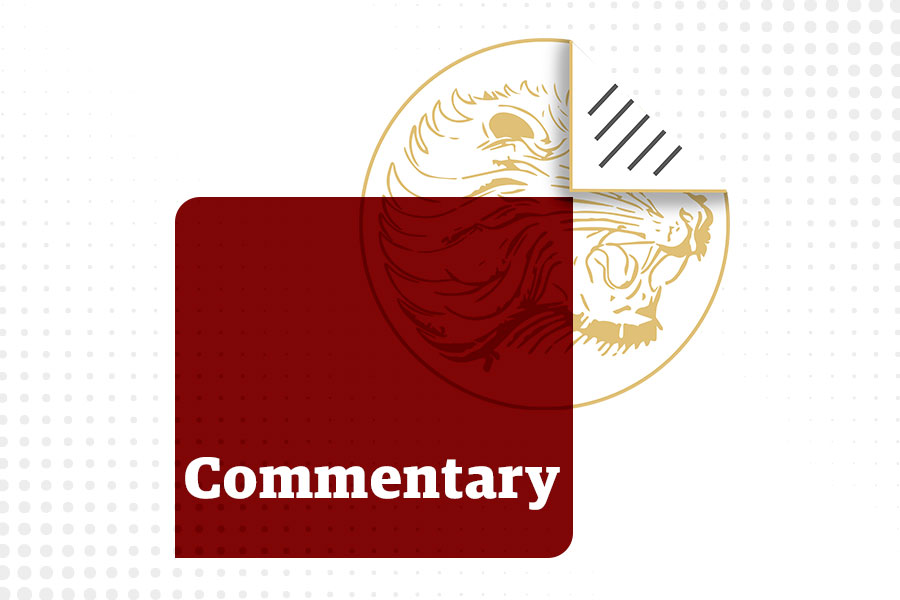
Commentaries | Jun 10,2023
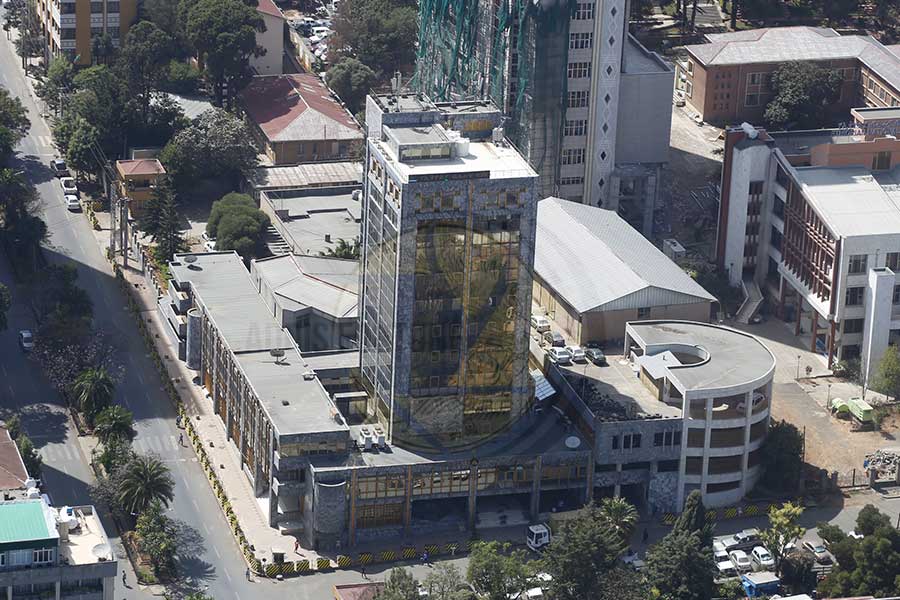
Fortune News | Mar 05,2022
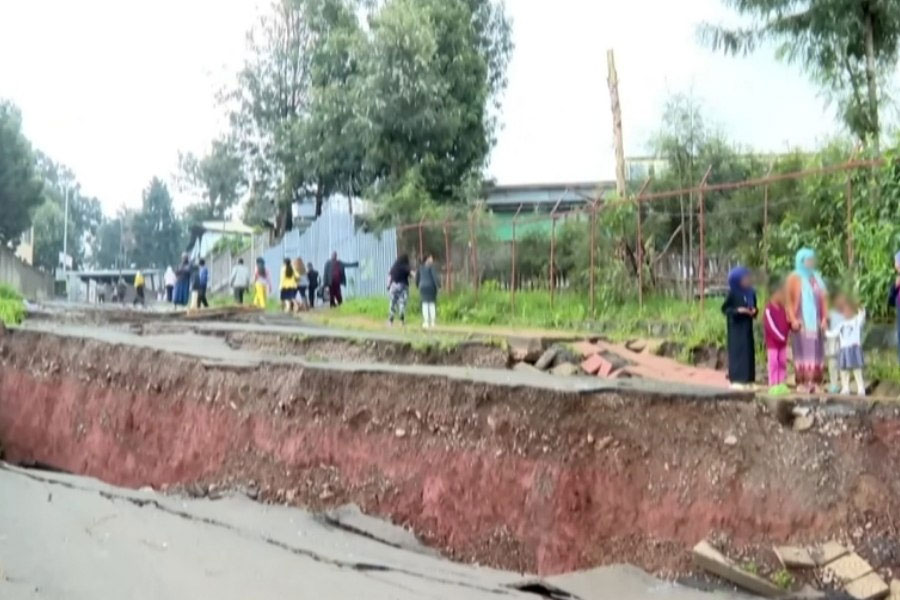
Fortune News | Sep 21,2025
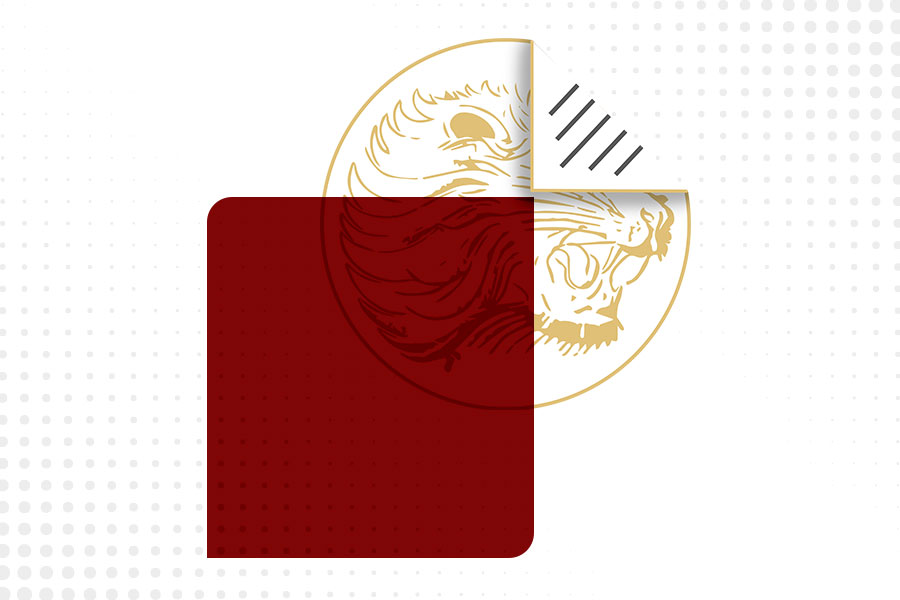
Fortune News | Jun 17,2023
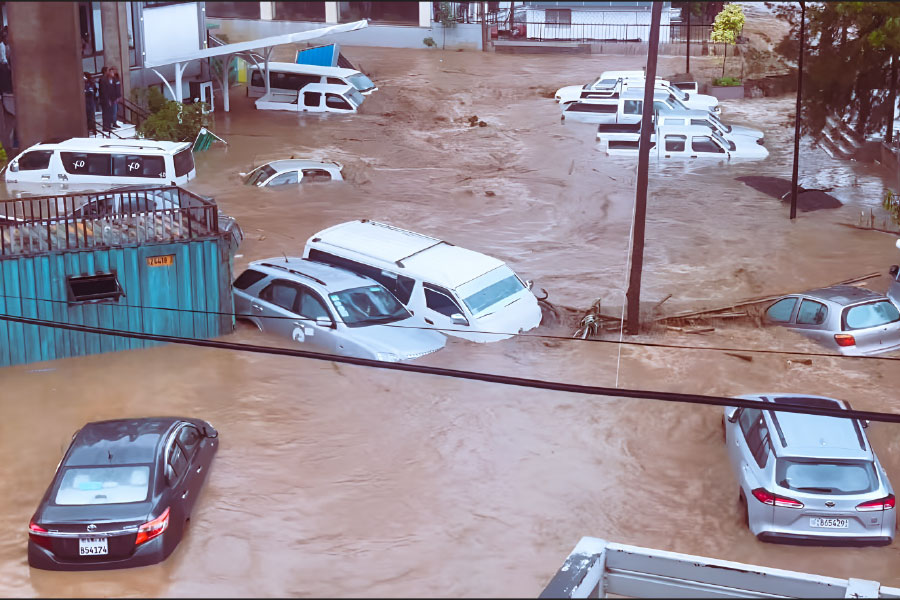
Fortune News | Aug 02,2025

View From Arada | Oct 05,2024

Sunday with Eden | Feb 06,2021
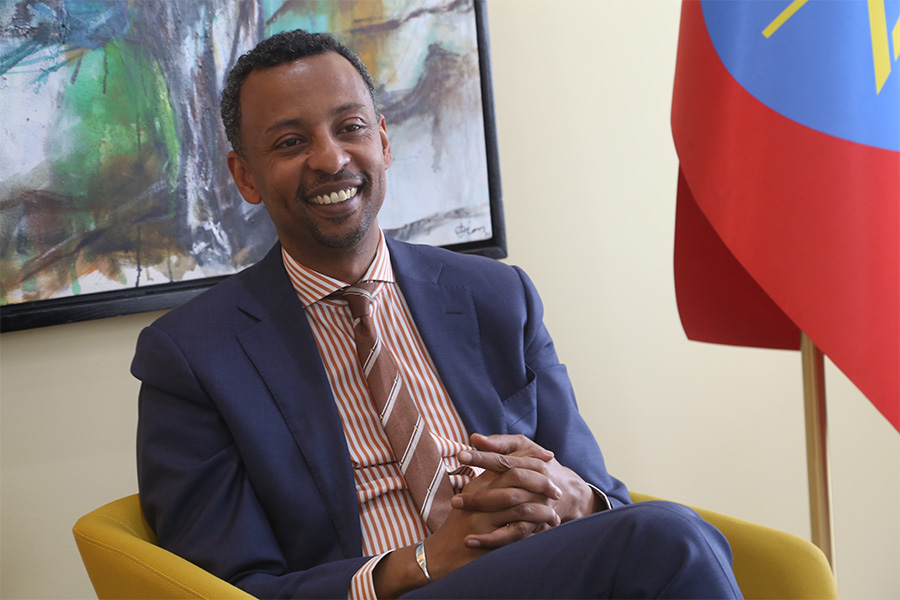
Dec 22 , 2024 . By TIZITA SHEWAFERAW
Charged with transforming colossal state-owned enterprises into modern and competitiv...

Aug 18 , 2024 . By AKSAH ITALO
Although predictable Yonas Zerihun's job in the ride-hailing service is not immune to...
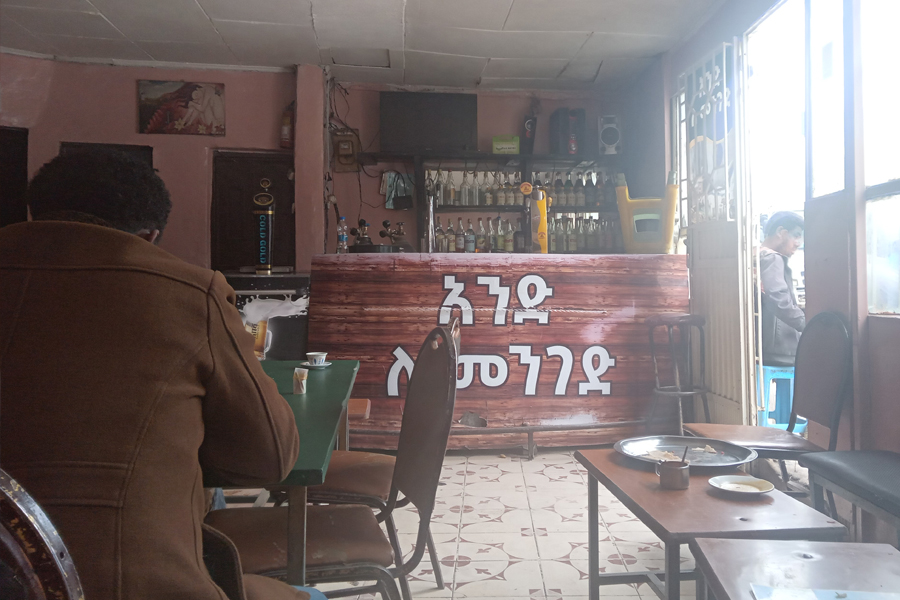
Jul 28 , 2024 . By TIZITA SHEWAFERAW
Unhabitual, perhaps too many, Samuel Gebreyohannes, 38, used to occasionally enjoy a couple of beers at breakfast. However, he recently swit...

Jul 13 , 2024 . By AKSAH ITALO
Investors who rely on tractors, trucks, and field vehicles for commuting, transporting commodities, and f...
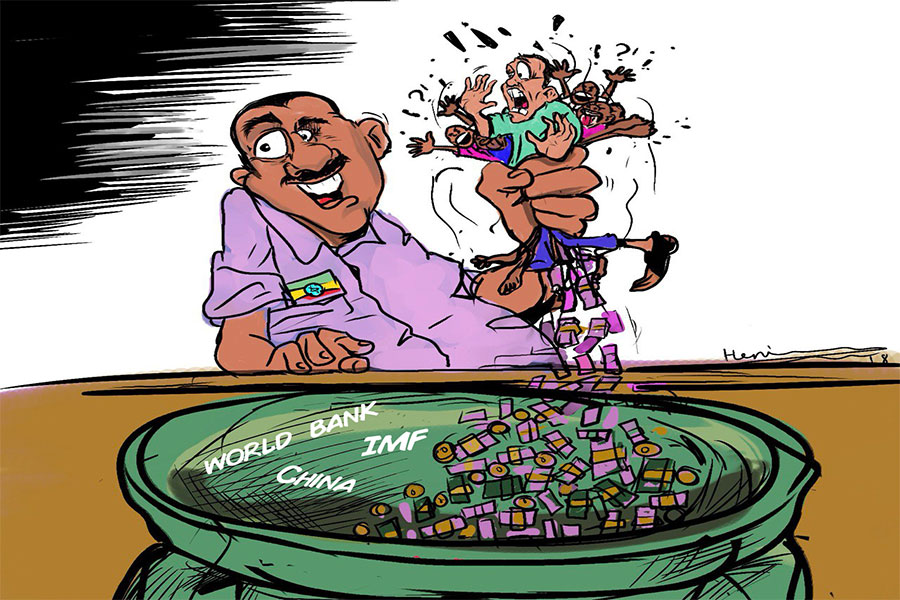
Oct 18 , 2025
The political establishment, notably the ruling party and its top brass, has become p...

Oct 11 , 2025
Ladislas Farago, a roving Associated Press (AP) correspondent, arrived in Ethiopia in...
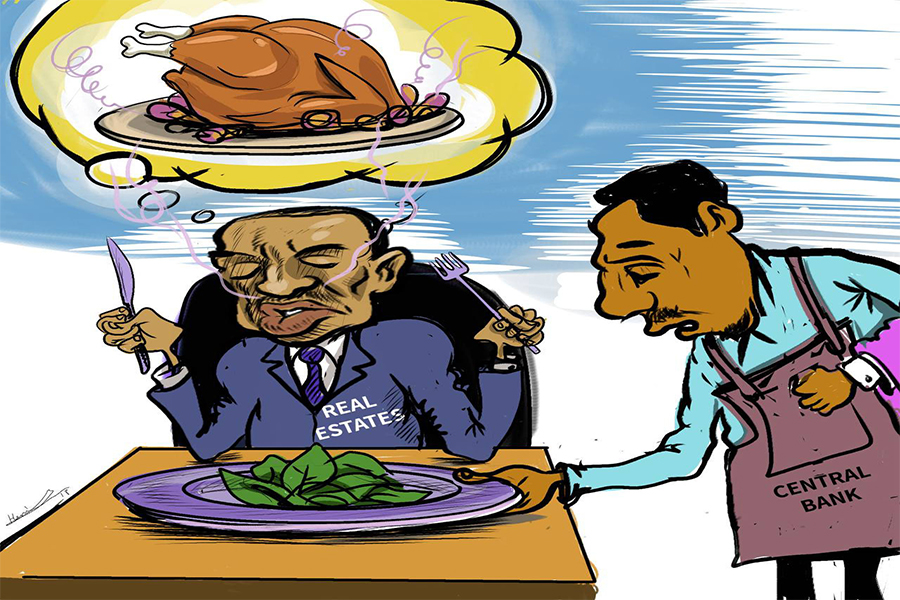
Oct 4 , 2025
Eyob Tekalegn (PhD) had been in the Governor's chair for only weeks when, on Septembe...
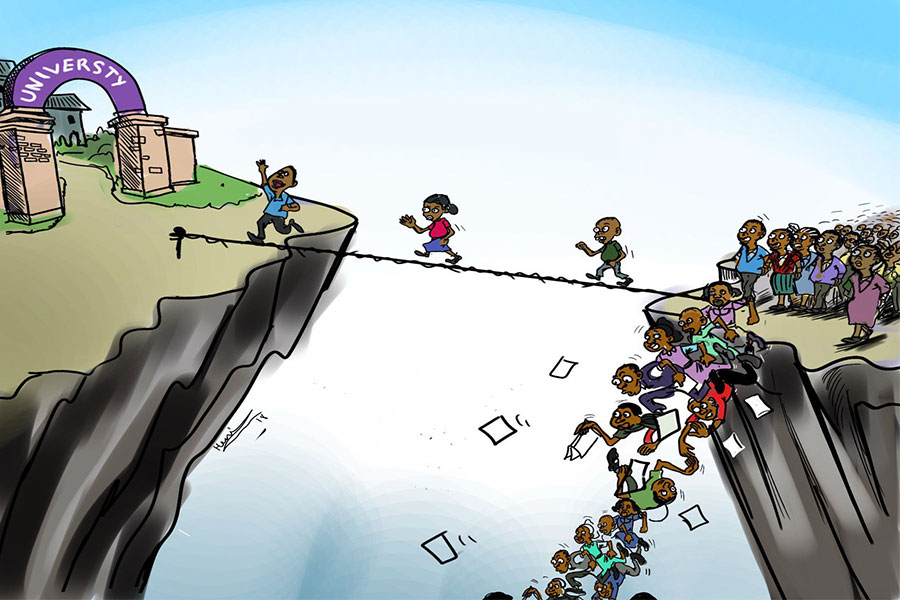
Sep 27 , 2025
Four years into an experiment with “shock therapy” in education, the national moo...